Learning Music, Art, Science, Math and More with Chrome Music Lab
Chrome Music Lab is a collection of 13 interactive "experiments" that let users create, play, and learn with a wide range of music concepts.
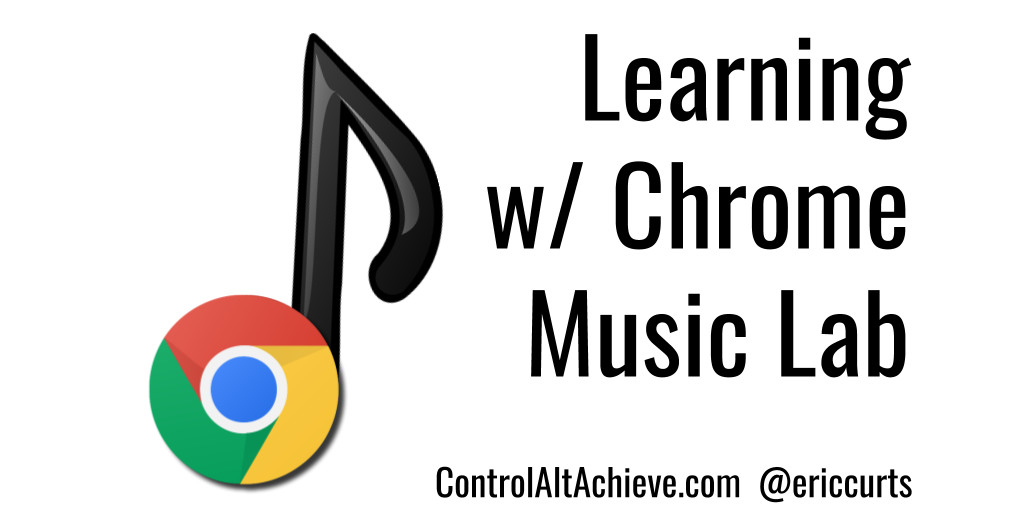
When I used to teach middle school math, one unit I always loved to do each year was my "Music and Math" unit. We explored lots of connections between music and math, while learning about fractions, exponents, prime factorization, and more. We even concluded the unit with a day of student performances called "Curtstock" or "Curtsapalooza" (depending on the year).
One of the great things about music is how connected it is to other disciplines. As mentioned above, music can tie into math through fractions (duration of notes), exponents (decibels), multiples (beat), and prime factorization (harmonizing notes). Likewise music can connect with science when exploring sound waves, frequencies, and more, as has influence and occurrence in history, literature, and art.
To help explore musical concepts and how they relate to other topics, Google has created the Chrome Music Lab. This is a collection of 13 interactive "experiments" (so far) that let users create, play, and learn with a wide range of music concepts. These activities are also cross-platform, working on laptops, tablets, and phones.
See below for an explanation of each of these engaging tools...
Accessing Chrome Music Lab
The main website for the Chrome Music Lab can be accessed at the following link:
https://musiclab.chromeexperiments.com/Experiments
All 13 of the experiments can be accessed on the main site, although, each one also has its own unique web address. As we explore the different experiments, their separate addresses will be listed below.
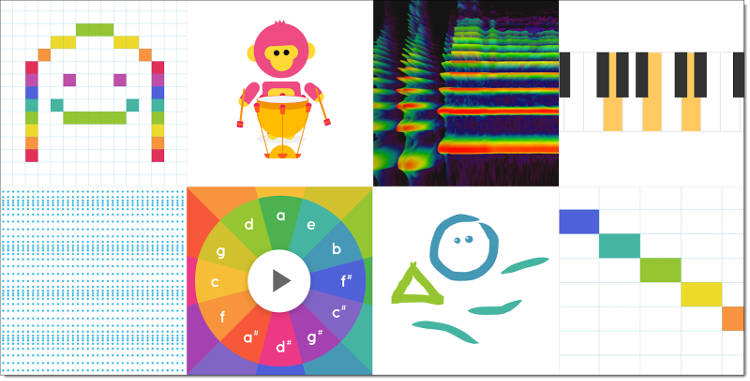
#1 - Song Maker
https://musiclab.chromeexperiments.com/Song-Maker/
Tools and ideas to transform education. Sign up below.
This tool lets you create your own song by clicking on the grid to add notes and percussion. Alternately you can sing your note into your mic, or even use a MIDI keyboard. If desired you can change instruments and adjust the tempo. When done, you can play your song back, and then share it as a link, download it, or embed it on a website.
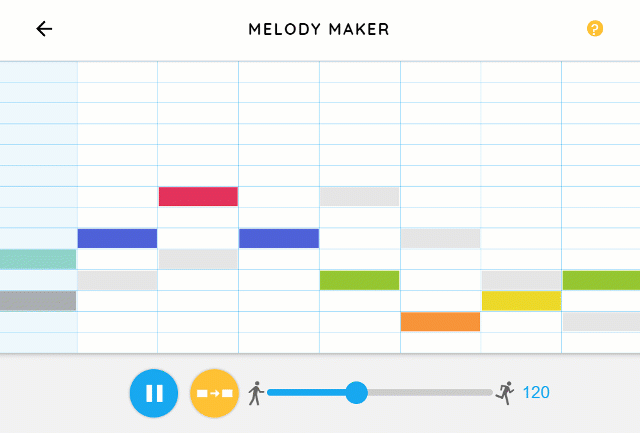
#2 - Rhythm
https://musiclab.chromeexperiments.com/Rhythm/
This tool lets you create rhythms by clicking on the grid to add beats for several different percussion instruments. You can also switch between different options for the number of beats before the pattern repeats.
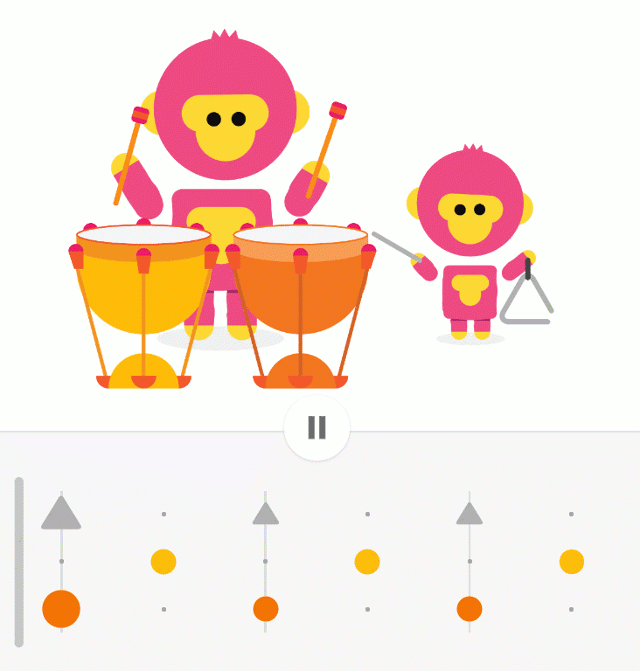
#3 - Spectrogram
https://musiclab.chromeexperiments.com/Spectrogram/
This experiment allows you to see a visual representation of a sound with a spectrogram, which shows the frequencies that make up the sound, from low to high, and how they change over time. You can choose between and compare a variety of instruments, other sounds from everyday life, and even your own voice.
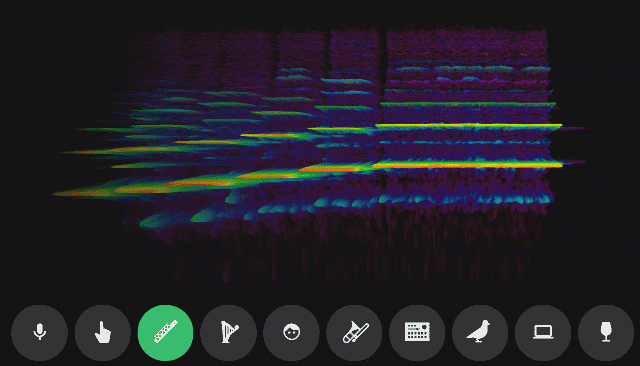
#4 - Chords
https://musiclab.chromeexperiments.com/Chords/
This tool allows you to explore and learn about chords. You can click on any key on the on-screen piano, and a three-note chord will be played. You can also switch between major and minor chords.
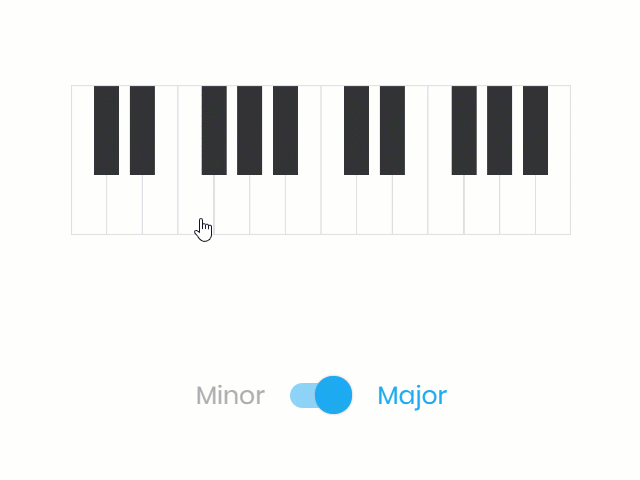
#5 - Sound Waves
https://musiclab.chromeexperiments.com/Sound-Waves/
With this experiment you can see how sound waves travel as vibrating air molecules. A grid of blue dots represent the air molecules, and when you click on the on-screen piano the dots will vibrate to show how the sound waves move. You can also click on the magnifying glass to track a single molecule for a more detailed visualization of different sounds waves for each note.
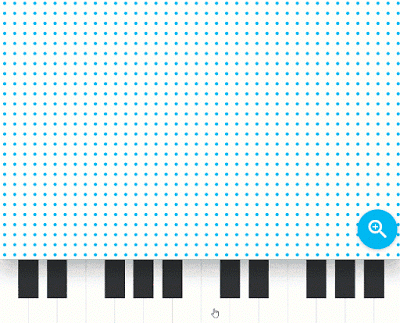
#6 - Arpeggios
https://musiclab.chromeexperiments.com/Arpeggios/
This experiment lets you play arpeggios, which are chords played one note at a time. You can click on the wheel to choose different notes, and on the arrows to hear different patterns. If desired, you can also click the controls at the bottom to change the instrument and tempo.
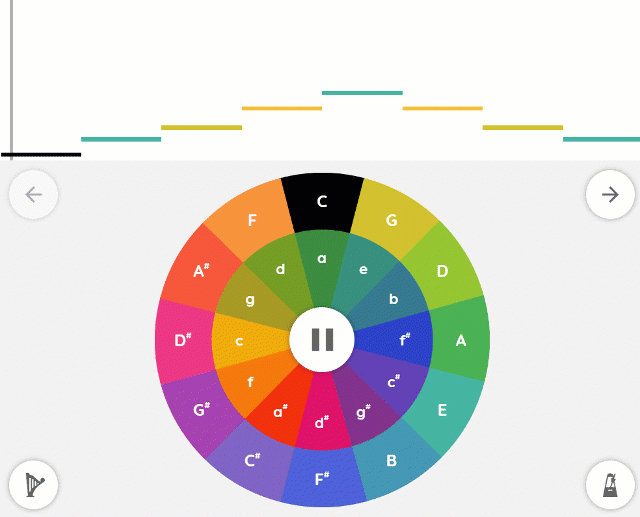
#7 - Kandinsky
https://musiclab.chromeexperiments.com/Kandinsky/
This experiment combines art and music. It was inspired by Wassily Kandinsky, an artist who compared painting to making music. Simply draw on the screen, and anything you draw (lines, circles, triangles, or scribbles) will be turned into sound. Use the controls at the bottom to switch to different instruments and sounds.
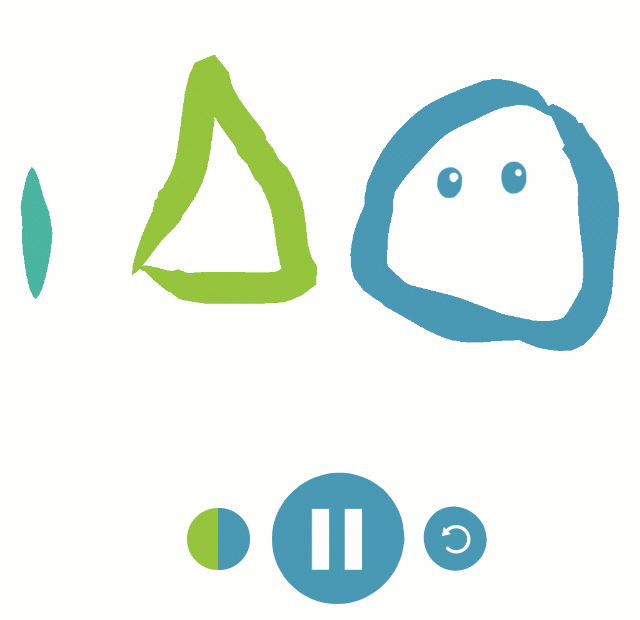
#8 - Melody Maker
https://musiclab.chromeexperiments.com/Melody-Maker/
This tool is a simplified version of the Song Maker. You can click in the grid to add notes, change the tempo, and choose an option to add accompanying notes.
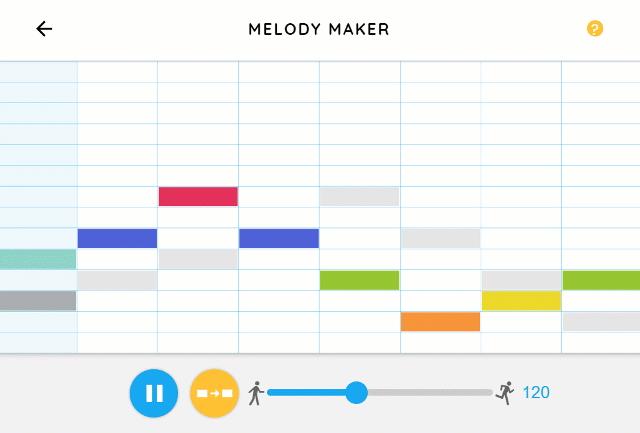
#9 - Voice Spinner
https://musiclab.chromeexperiments.com/Voice-Spinner/
This experiment allows you to explore how frequency affects pitch. First you can use the recording provided, or you can use your mic to record yourself. Then using the controls at the bottom, or by clicking and rotating the sound waves, you can play the sound fast or slow, forward or backwards.
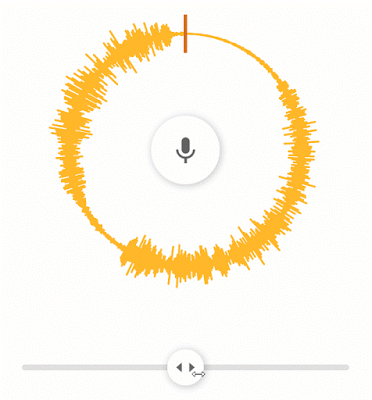
#10 - Harmonics
https://musiclab.chromeexperiments.com/Harmonics/
This tool lets you play notes in a harmonic series, which is a set of frequencies with a simple relationship, such as twice as fast, three times as fast, four times, and so on. This can lead to an exploration of musical intervals, octaves, and major chords.
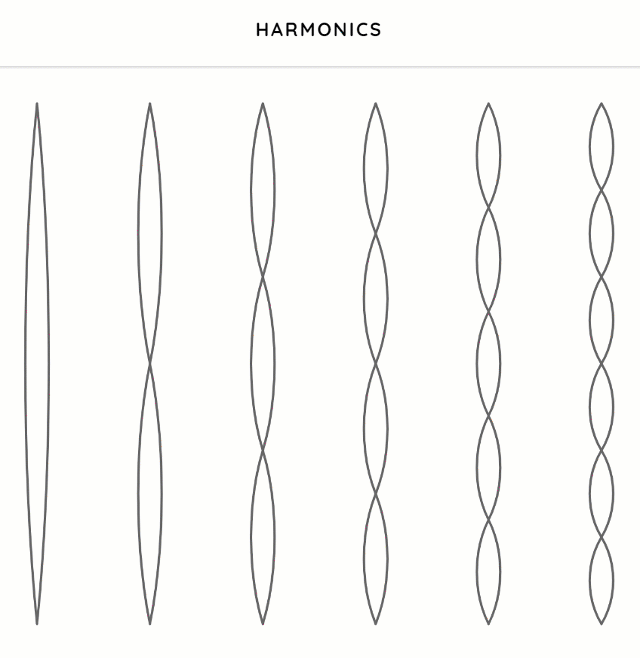
#11 - Piano Roll
https://musiclab.chromeexperiments.com/Piano-Roll/
This tool is a simulation of an old-time piano roll. You can play the music and see the notes scroll by. There are different songs to choose from and instruments to play.
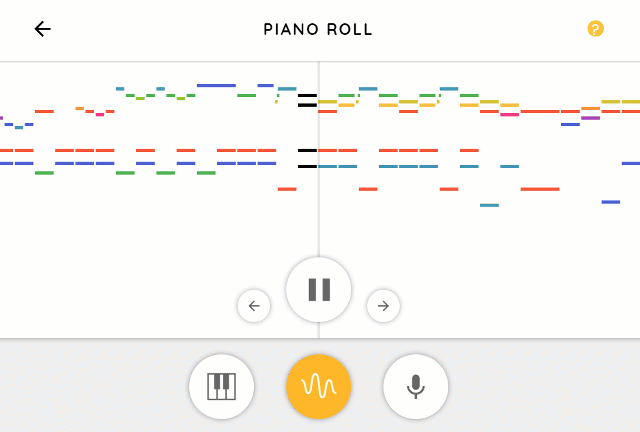
#12 - Oscillators
https://musiclab.chromeexperiments.com/Oscillators/
This tool lets you explore how the shape of a wave can change the sound it makes. You can choose from four different waveforms including square, sawtooth, triangle, and sine. When you click (or touch) from the top to the bottom of the screen, the wave will play from high to low.
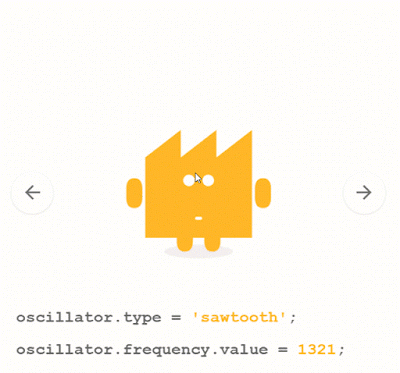
#13 - Strings
https://musiclab.chromeexperiments.com/Strings/
This experiment lets you explore the natural mathematical relationship between a string’s length and its pitch. Several strings are available to play, with each being divided into different lengths.
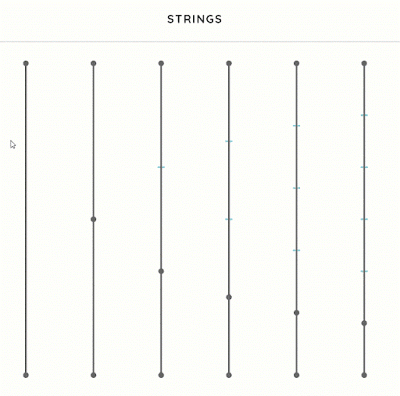
Conclusion
Chrome Music Lab is an awesome way to explore music, as well as see connections with other subject areas. Google has collected many examples of creative uses by teachers in their classrooms which can be seen in this large collection of Tweets.
cross posted at www.controlaltachieve.com
Eric Curts is an education trainer and consultant with over 20 years' experience throughout the U.S. He is an authorized Google Education Trainer and a Google Certified Innovator. Read his blog at www.controlaltachieve.com and follow him on Google+ and @ericcurts on Twitter.
